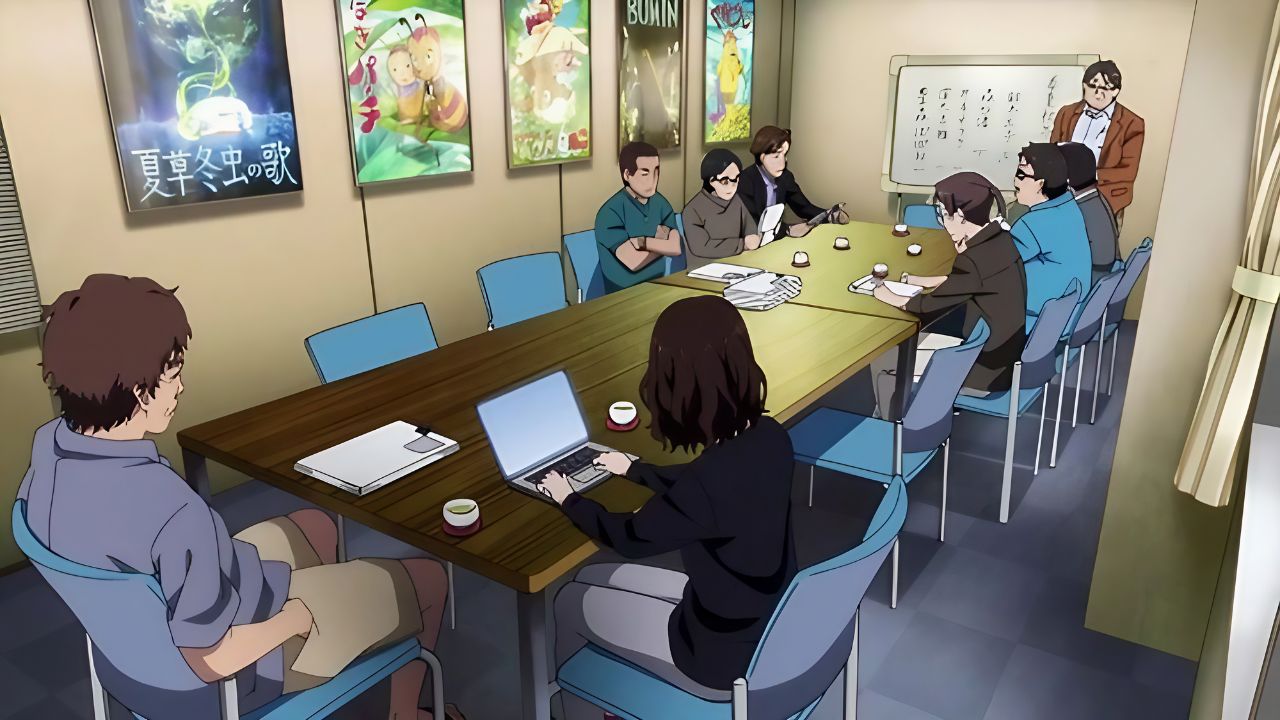In a move to address the issue of poor working conditions within its anime industry, the Japanese government has planned to establish a third-party organization dedicated to improving the welfare of animation workers.
The initiative, unveiled by the Ministry of Economy, Trade and Industry, on June 24, 2025, is a core component of their plan which aims to quadruple the anime market overseas by 2033.
The ministry stated that the establishment of the third party organization is a direct response to the chronic labor shortages and deteriorating working conditions that have led to a decrease in productions and threaten the sustainability of the anime industry.
By creating an environment where creators can work “without anxiety,” the government hopes to ensure a stable output of high-quality anime for the global market.
The government’s plan also includes initiatives to promote anime-related tourism and the establishment of another organization to support the overseas expansion of Japanese content.
This move follows earlier legislative efforts and mounting international and domestic pressure over the exploitation of talent in the anime industry, which is essentially the cornerstone of Japan’s “Cool Japan” soft power strategy.
In November 2024, a new law came into effect to protect freelancers, who constitute a majority of the anime workforce.
The law mandates written contracts that specify pay and working conditions, prohibits demands for uncompensated work, and requires payment within 60 days.
A study by the Japan Fair Trade Commission (FTC) was also launched early in 2025 to investigate labor practices, with regulators encouraging workers to report violations.
These actions were spurred in part by a May 2024 United Nations Human Rights Council report that sharply criticized the Japanese anime industry for “excessively long working hours” and low pay, a stark contrast to the industry’s global sales, which exceeded $21 billion.
Reports have consistently highlighted severe issues faced by animators. Industry data has revealed that entry-level animators in their twenties often earn less than ¥2 million ($12,948) annually, significantly below the average income for their age group in Tokyo and less than half of what their counterparts in the United States earn.
The passion that draws a competitive workforce to the industry has often been exploited, with many young animators enduring harsh conditions in the hope of securing scarce senior positions.
Anime industry’s structural problems can be traced back to the post-1963 era of Astro Boy which established a demanding weekly production model. This, combined with extensive outsourcing to smaller studios and freelancers, has resulted in a system where revenue is spread thin.
Analysts and industry insiders have warned that such outdated labor practices, which continue even now, could deter future investment in the industry.
Source: Japan Times








